Aligholizadeh stated that steel production in both countries holds significant positions and shared crude steel production figures for 2022–2024. According to him, Iran produced 30 million tons in 2022, 32.05 million tons in 2023, and 30.4 million tons in 2024, while Türkiye produced 35.1 million tons, 33.7 million tons, and 36.9 million tons of crude steel, respectively.
In his presentation, Aligholizadeh emphasized that steel usage is also expected to increase in total and per capita terms. In Iran, steel consumption rose from 17.2 million tons in 2020 to 20.2 million tons in 2024, while in Türkiye, it increased from 18 million tons in 2023 to 19.7 million tons in 2024.
Iran’s exports reached 11.9 million tons in 2023 and 10.8 million tons in 2024, while imports were 1.4 million tons in 2023 and 1.8 million tons in 2024. In Türkiye, exports were recorded at 12.7 million tons in 2023 and 17 million tons in 2024.
Aligholizadeh stated that in Türkiye, where crude steel production is growing in 2024, 70% of production comes from electric arc furnaces (EAF) and 30% from basic oxygen furnaces (BOF), whereas in Iran, the share is 92% EAF and 8% BOF. He emphasized that this difference will drive investments and further developments.
Touching on capacity utilization rates, Aligholizadeh noted that Türkiye’s rates stood at 63% in 2022, 56% in 2023, and 61% in 2024, while Iran’s were 73%, 72%, and 61% for the same period. He emphasized that Türkiye’s production growth continued despite infrastructure and energy challenges, while Iran faced limitations in production growth due to energy and gas restrictions.
Aligholizadeh stated that Türkiye is critical from a standalone steel operation perspective, whereas Iran maintains growth potential in the domestic market through its export oriented production and limited imports. He added that trade and cooperation between the two countries aim to increase efficiency rather than hinder sector development, benefiting both sides.


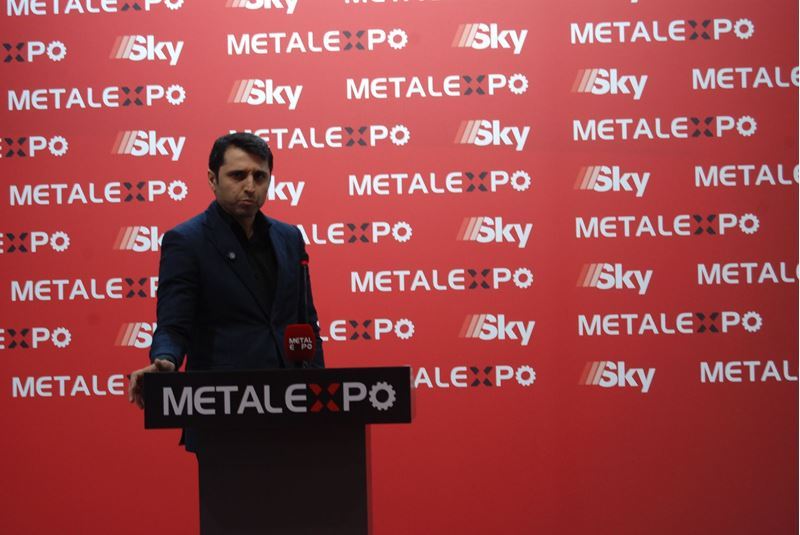

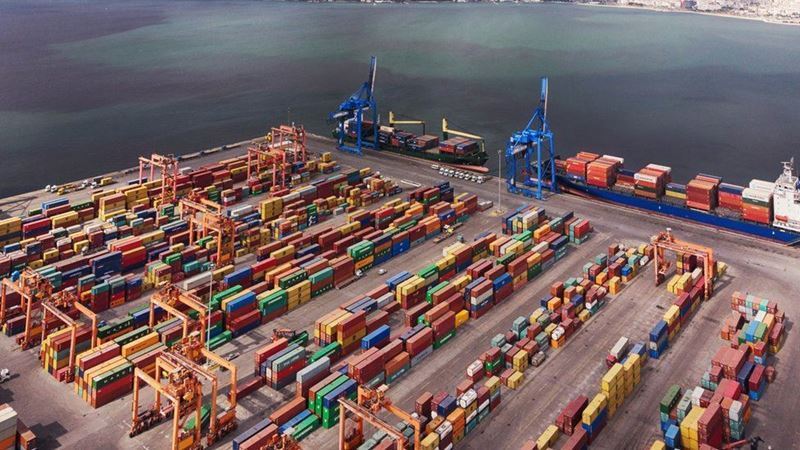
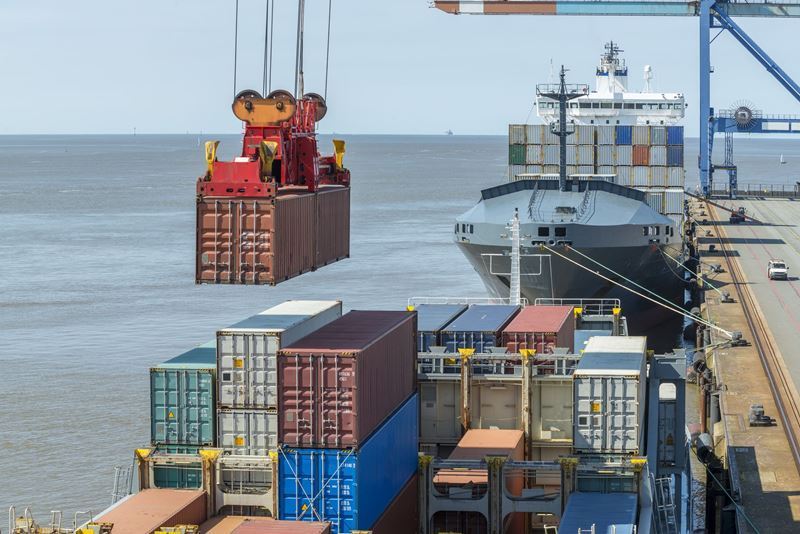
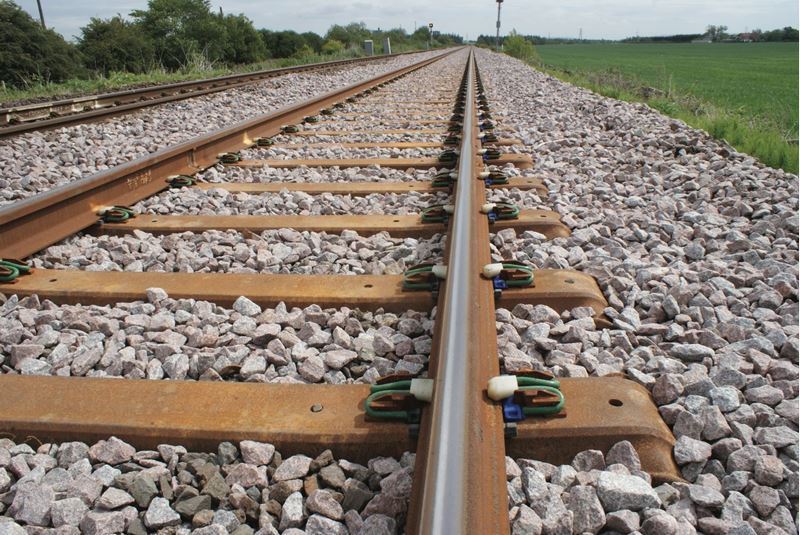
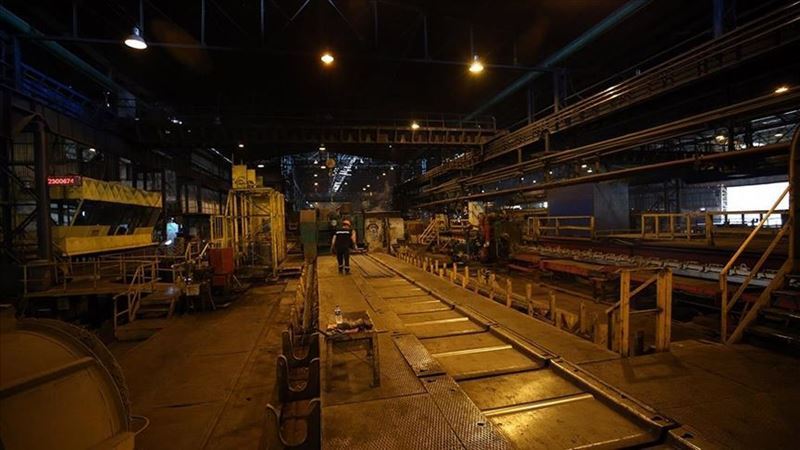

Comments
No comment yet.